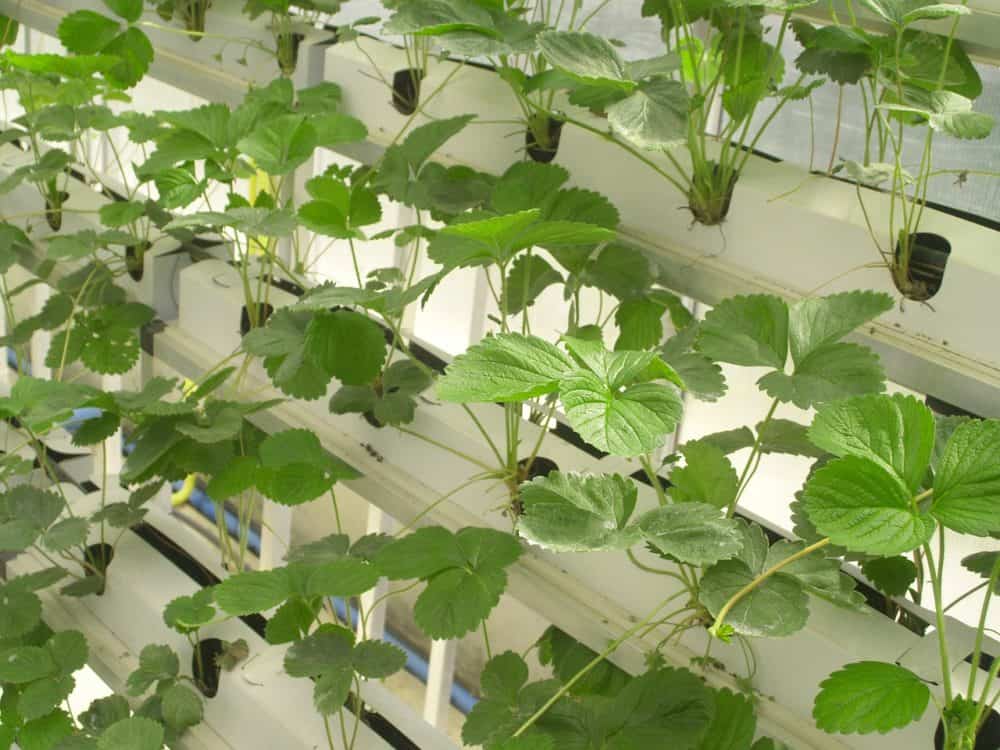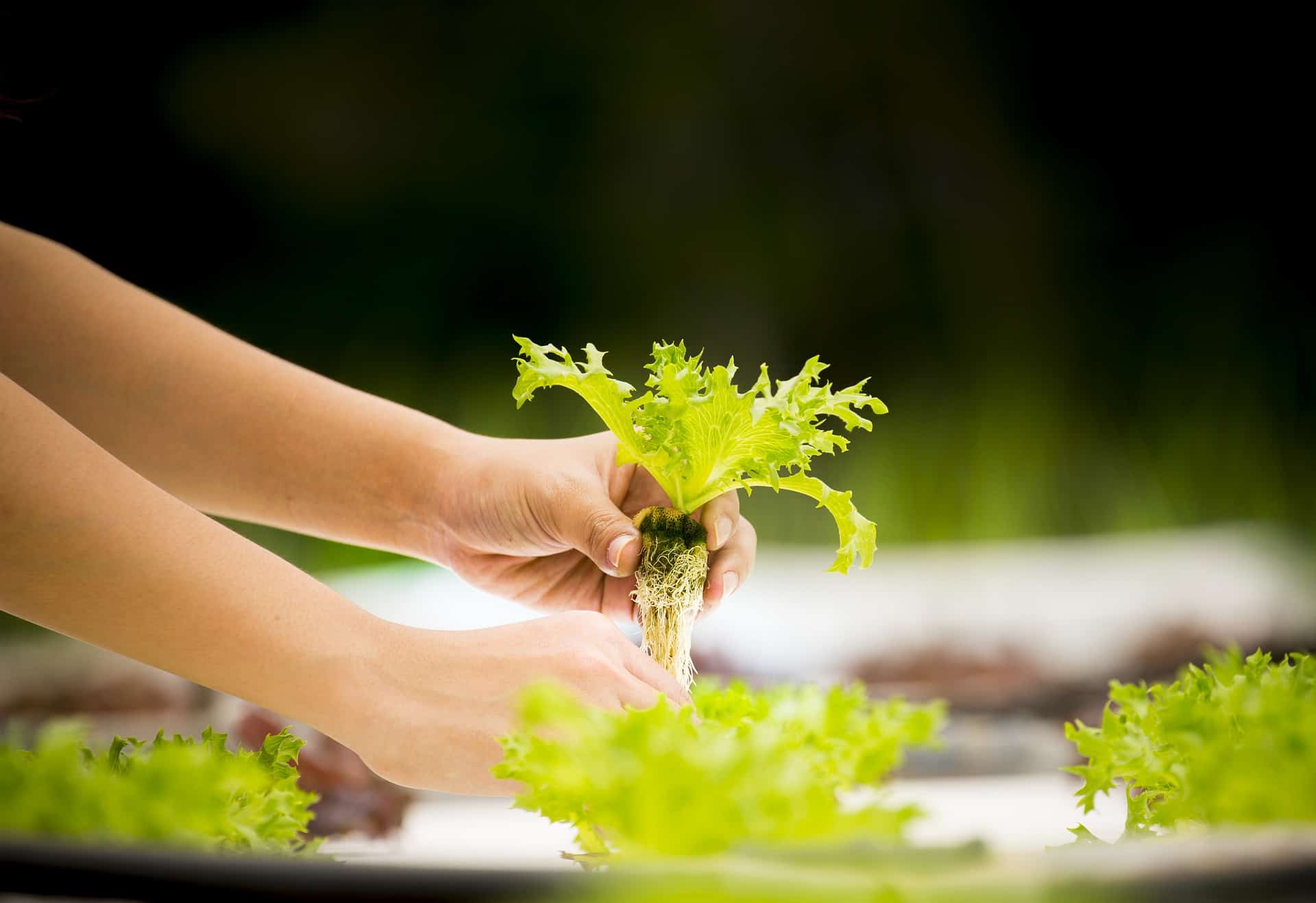If this past dry season has been any indication of what’s to come in our future, climate-wise, we better get ready for alternatives for growing our food. Hydroponic gardening is often a good choice, particularly when there’s limited space, water and soil.
Hydroponic systems are convenient: they require no watering or weeding, and offer easy harvesting. They require less space and are eco-friendly because they recycle water again and again. If you are planning to start growing your own food, I hope this article will help you decide what method is right for you.
Hydroponic systems are quite popular with commercial growers and home gardeners in Costa Rica, so there are plenty of outlets that offer the hardware and products to get you started. I’ve included a listing of contacts at the end of the article.
First off, find the right place for your garden. Poor lighting will result in poor growth of the plants, so it’s very important that the site receive good morning sun. This usually means the eastern and southern exposures of the home.
Next comes deciding on the right size. I usually recommend that you start small and expand “poco a poco” as you go. Remember that you can also create a vertical garden with hydroponics.
Now comes the decision as to what type of hydroponic system you will use. There are several do-it-yourself systems that save you money, but you’ll need some plumbing skills for this project.
Open water systems where the plants float on styrofoam are no longer recommended because to the risk of mosquitoes breeding in the system, such aedes aegypti, which can carry dengue, chickonguay, and zika viruses. Most systems today use different types of growing mediums, such as charcoal made from rice hulls, volcanic rock, clay pellets, sand or coconut fiber.

The simplest method is called the wick system, where the nutrient solution under the plants is moved upward to the plants by absorbent wicks. The system requires no pumps, but may not feed enough solution to the plants. The continuous drip method, on the other hand, permits the nutrient solution to drip into the growing media for the plants either by gravity or a pump. Tanks, drip fittings and tubing are also needed.
The ebb and flow system uses a pump, which floods the nutrient solution to the surface of the planting media, which then drains into a catchment tank below. A timer is used to periodically water the plants; electrical blackouts and pump failure can cause damage to the plants roots if gone unnoticed.
The high-tech aeroponic method mists the roots of the plants, which are suspended in the air in a sealed tank. This helps reduce plant diseases, but may cause the roots to dry out if they do not receive enough of the nutrient solution. The Ministry of Agriculture (MAG) has emitted a free publication in Spanish, “Hidroponía en casa,” on how to create a family hydroponic garden.
This step- by- step manual helps you to build a continuous drip or ebb and flow system along with all the details for making the nutrient solution. For those that prefer organic nutrient solutions, these are available at outlets that sell hydroponic supplies on the list.
Don’t think that hydroponics is all a bed of roses. Hydroponic gardeners encounter challenges and must pay constant attention to details such as nutrient deficiencies, contaminated water, bug problems and crop failures. That’s why I recommend starting small and expanding your hydroponic system as you learn how to grow and harvest vegetables successfully.
But all in all, growing your food at home is a good investment. When we can save money, eat healthier food, and help improve our environment, it’s a good step toward redesigning the habitats we live in. Hydroponics is really in its “teens,” and as we work with it, new improvements will develop.
Next time we’ll go over another design called Aquaponics. Meanwhile, you can continue learning about hydroponics online. You may find a this site a good place to start.
RESOURCES FOR HYDROPONIC GARDENS IN COSTA RICA
ABOPAC, 2205-1000, mineral salts
AGROTICO, 2273-8989, mineral salts
AGROVERDE, 2438-2326, mineral salts, nurseries
AMACIGOS DEL SUR, 8819-8635, hydroponic products
CASAGRI, 2261-0266, seeds, irrigation supplies
EL SEMILLERO, 2221-2983, seeds
ENCHAPES ORNAMENTALES, 2276-7772, volcanic rock
KAF INTERNACIONAL, 2448-4597, materials for greenhouses
LABORATORIO DR. OBREGON, 2761-0668, biological controls
LA CASA DE LA SEMILLA, 2223-2501, seeds
RESUSA, 2278-6878, mineral salts, cosmoquel, iron
ULISIES UREÑA, 2276-9243, mineral salts, substrates
PRODUCTOS HIDROPONICOS DE CR, 8931-4191, products HIDROPLANT
POLYMER (Francisco Martínez), 2231-4455 /2231-4988, plastic products
SEMILLAS AGRICOLAS DE COSTA RICA, 2227-3208, hydroponic products
TRISAN, 2290-0050, seeds
YANBER S.A. 2257-9020, plastic products
Read more of Ed Bernhardt’s monthly Home Gardening columns here.
For more information on tropical gardening – naturally – visit facebook or contact him at thenewdawncenter@gmail.com.
This article was originally posted in 2016






